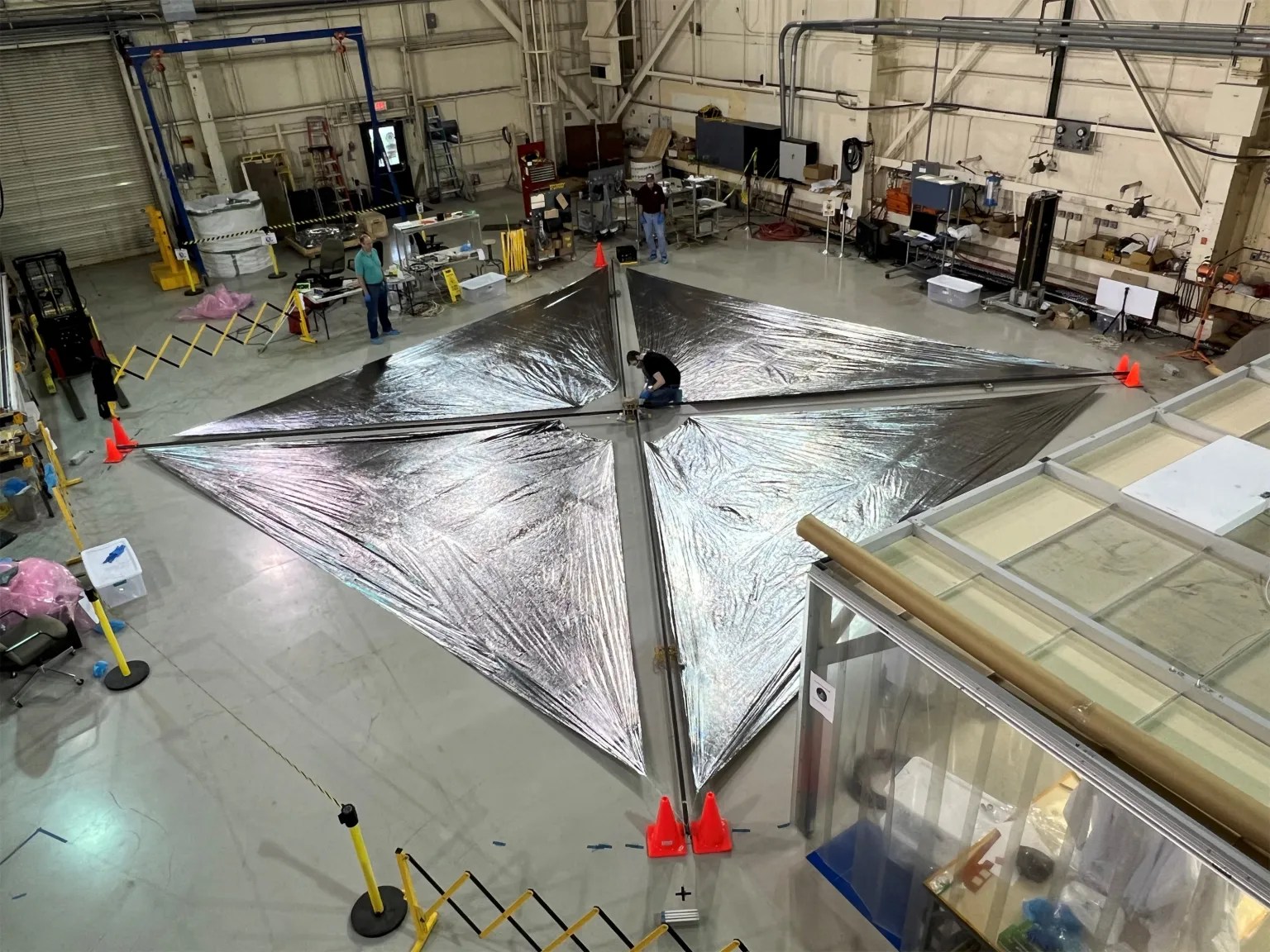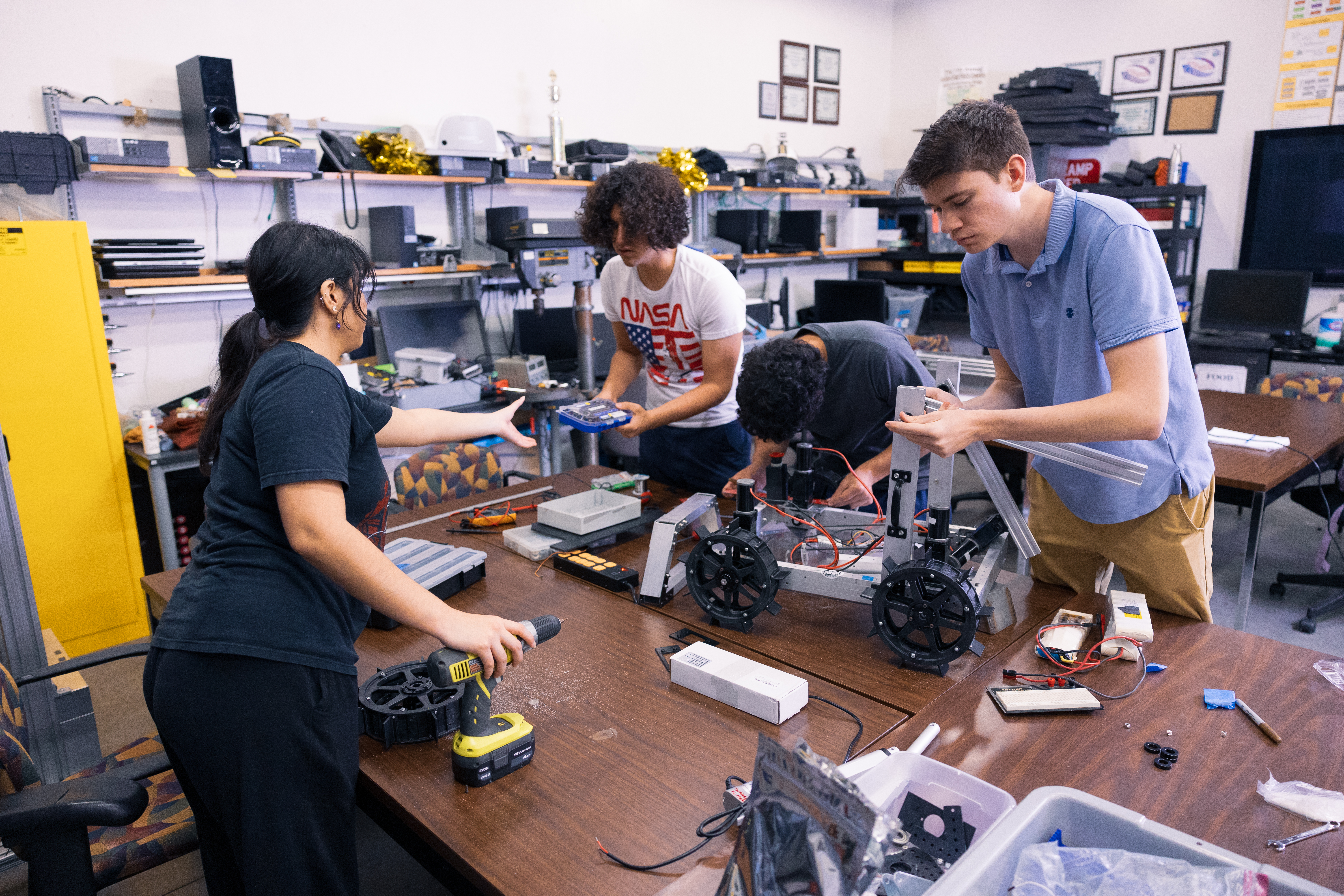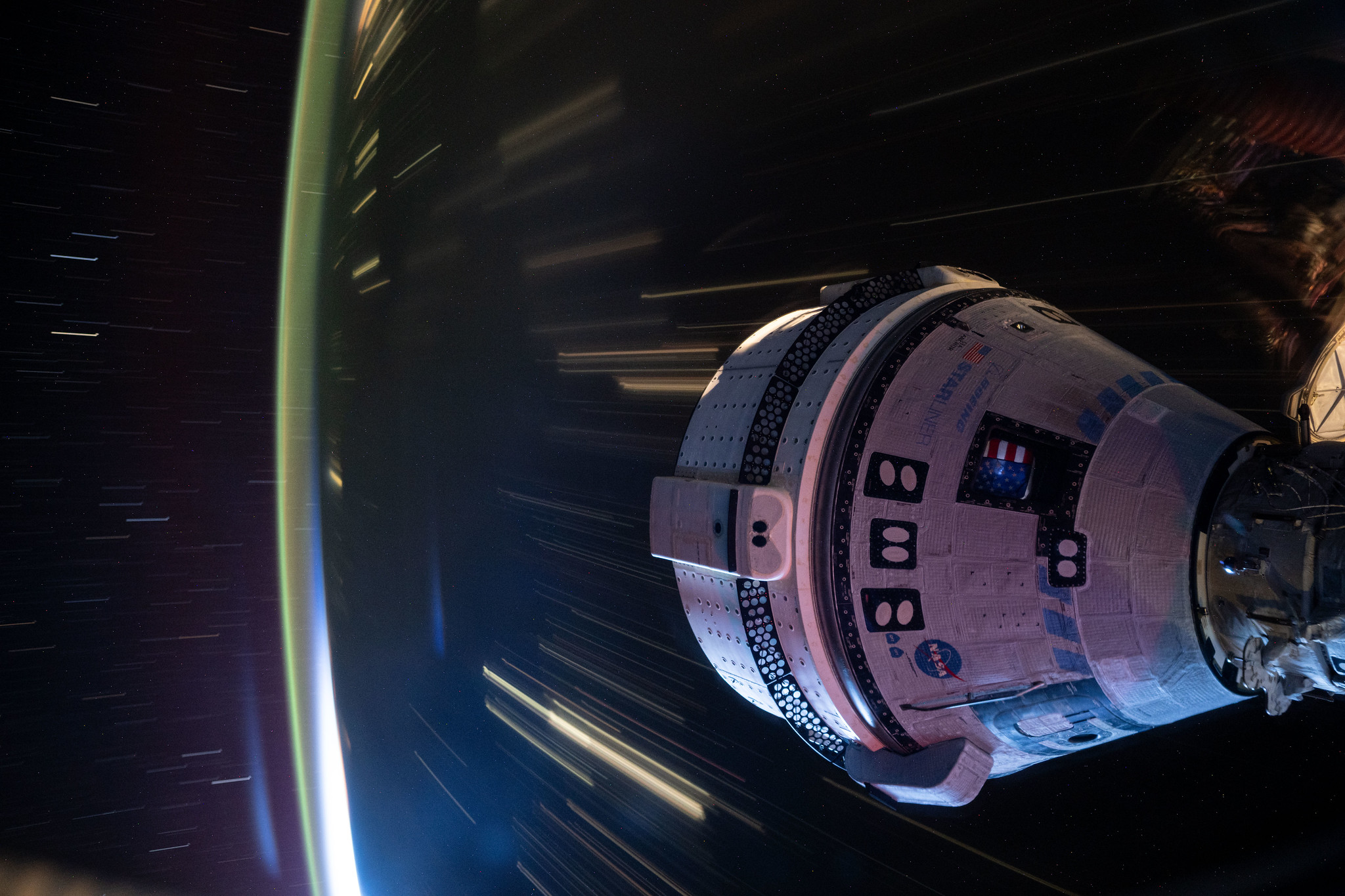Media Invited to Learn About NASA’s New Solar Sail Technology
Media are invited to learn about NASA’s next-generation solar sail technology – known as the Advanced Composite Solar Sail System – that could enable ambitious lower-cost missions to expand our understanding of the Sun and solar system. The event will occur from 10-11 a.m. on Tuesday, April 16, at NASA’s Langley Research Center in Hampton, […]

2 min read
Preparations for Next Moonwalk Simulations Underway (and Underwater)

Media are invited to learn about NASA’s next-generation solar sail technology – known as the Advanced Composite Solar Sail System – that could enable ambitious lower-cost missions to expand our understanding of the Sun and solar system.
The event will occur from 10-11 a.m. on Tuesday, April 16, at NASA’s Langley Research Center in Hampton, Virginia. Project researchers will be available to discuss the solar sail technology, which uses the pressure of sunlight to travel through space much like a sailboat uses wind to traverse the ocean. A full-scale engineering design unit of the polymer sail and its novel lightweight composite booms will also be on display at the event.
The Advanced Composite Solar Sail System is scheduled to launch during a 30-day window that opens no earlier than Wednesday, April 24 aboard a Rocket Lab Electron launch vehicle from the company’s Launch Complex 1 in New Zealand. The system is a part of a “12U” sized CubeSat and will deploy after on-orbit systems checks, which are expected to take approximately two months.
Media interested in attending must contact Joe Atkinson at joseph.s.atkinson@nasa.gov no later than noon, Monday, April 15.
NASA Langley designed and built the deployable composite booms and solar sail system. NASA’s Ames Research Center in California’s Silicon Valley, manages the Advanced Composite Solar Sail System project and designed and built the on-board camera diagnostic system. NASA’s Small Spacecraft Technology (SST) program office based at NASA Ames and within the agency’s Space Technology Mission Directorate (STMD), funds and manages the mission. NASA’s Game Changing Development program within STMD developed the deployable composite boom technology. Rocket Lab USA, Inc of Long Beach, California is providing launch services.
Learn more about ACS3 at: https://www.nasa.gov/general/nasa-next-generation-solar-sail-boom-technology-ready-for-launch/
Joe Atkinson
Langley Research Center, Hampton, Virginia
757-755-5375
Share
Details
Related Terms
What's Your Reaction?



















.jpg?#)
































